curtinengineering.com
Sean Curtin
Mechanical Engineering Student | Seeking Summer 2026 Internship
Hi, I'm Sean Curtin. I'm a Practical Mechanical Engineering Student and Product Designer with a proven track record of taking projects from concept to functional product. This portfolio showcases my work in prototyping, 3D design, and mechanical fabrication, from a commercially successful automotive product with verified sales to client-focused rapid prototyping.
Automotive Product Design: Volvo 960 Cup Holder
The project video has garnered significant organic interest, accumulating over 15 hours of total watch time across platforms, demonstrating strong engagement with the engineering process and solution.
Problem:
The Volvo 960, designed in the late 1980s for small coffee cups, features fragile, obsolete cupholders that fail under the weight and size of modern drinks. Replacement OEM parts cost nearly $500, creating a pain point for a dedicated enthusiast community. The goal was to design a direct-fit, cost-effective solution that was structurally robust, aesthetically matching, and required no vehicle modification.
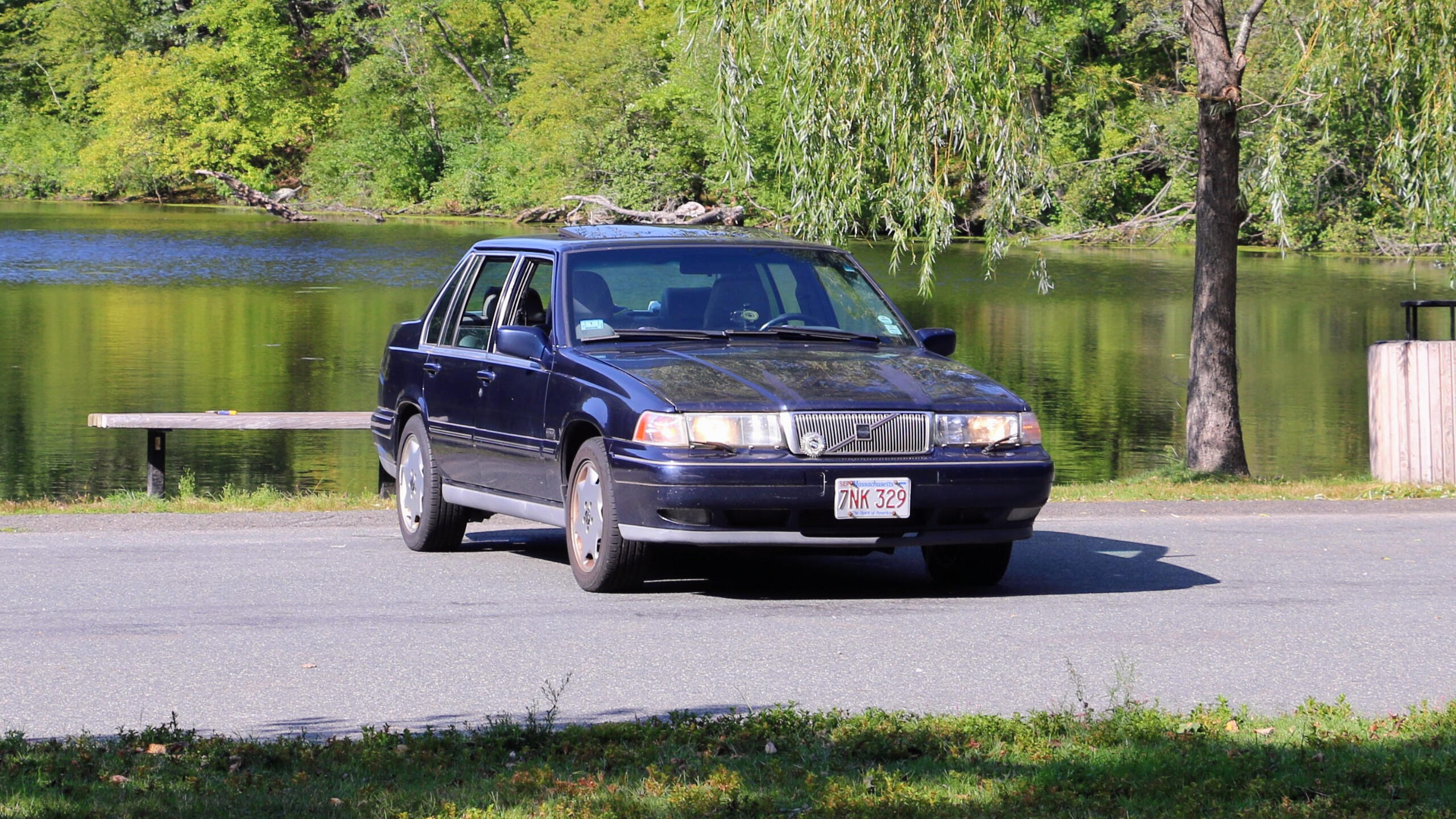
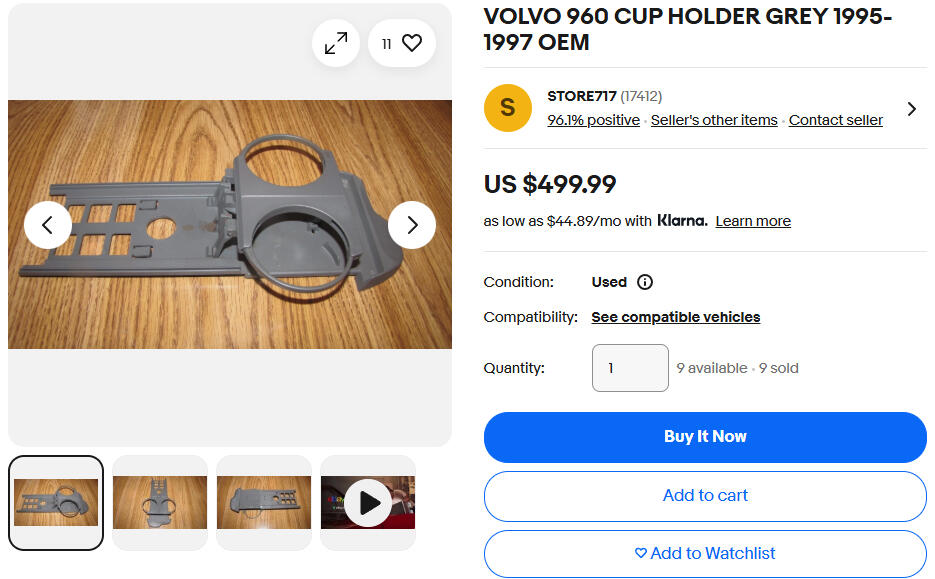
Process: Iterative Design & Engineering Validation
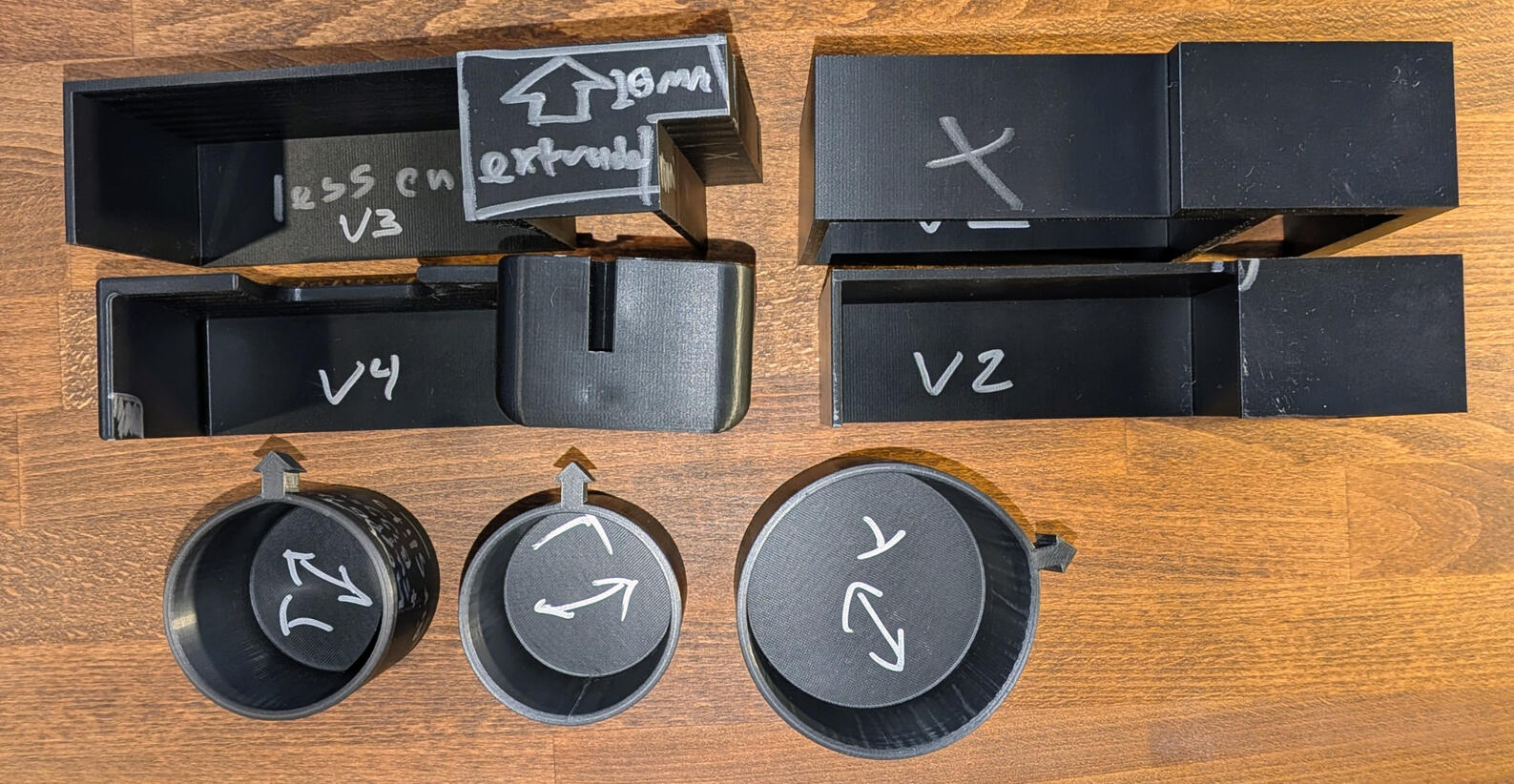
7 iterative prototype parts show the development process, with markings indicating fit and stress points for redesign.
This project exemplifies the engineering design loop, using rapid prototyping and Finite Element Analysis (FEA) to systematically solve a real-world problem.
• Reverse Engineering & CAD Modeling:
Precise measurements of the console storage slot were taken with digital calipers to ensure a perfect friction fit. The complex geometry was modeled in SolidWorks, prioritizing printability and minimal support material. The design was optimized to securely hold a 24oz Owala water bottle and a 12oz energy drink can—the primary use cases identified for modern users.
• Initial Prototyping & Failure:
The first functional prototypes, tested with the intended bottles, revealed two key failures:
• Tolerance Issues: Parts were not fitting correctly into the console slot.
• Structural Failure: The holders bent and felt unstable under the weight of the drinks, indicating insufficient strength.
• Engineering Analysis (FEA):
A static stress simulation was conducted, applying a 90N load (dynamically equivalent to over 5x the combined weight of the target drinks) to simulate aggressive driving forces. The analysis identified a critical stress concentration of 73.3 MPa at a sharp interior corner, far exceeding PLA's 50 MPa yield strength and confirming the root cause of the failure.
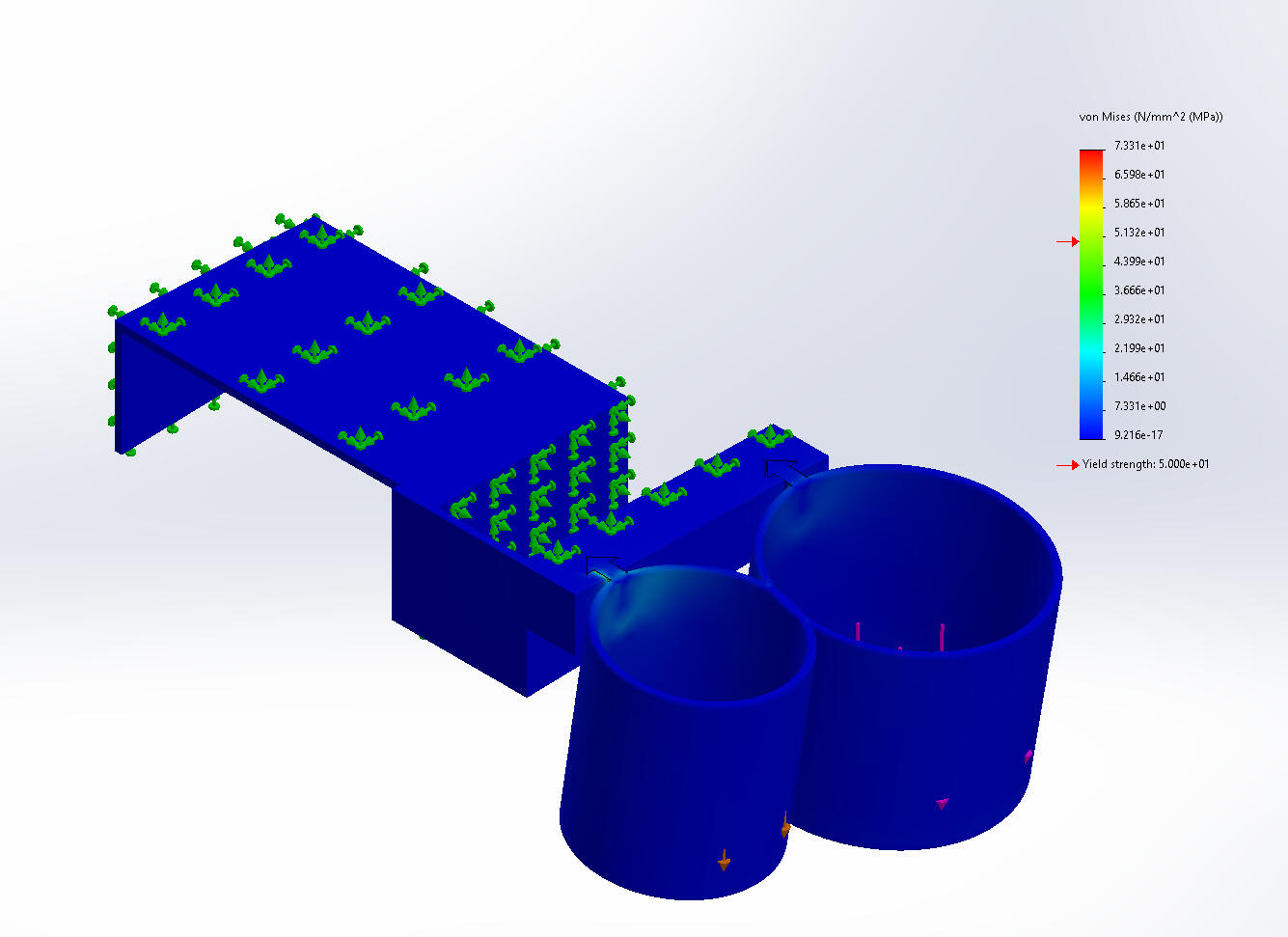
• Redesigns:
• For Fit: Adjusted tolerances and separated the cup holder from the mounting plate for a modular, secure fit.
• For Strength: Added reinforcing gussets at the base of the arm to the cup holders to better transfer structural loads into the mounting plate, eliminating flexure observed during physical testing.
Validation: The redesigned part was simulated again. FEA results showed a peak stress of only 14.77 MPa—an 80% reduction—achieving a Factor of Safety greater than 3.4.
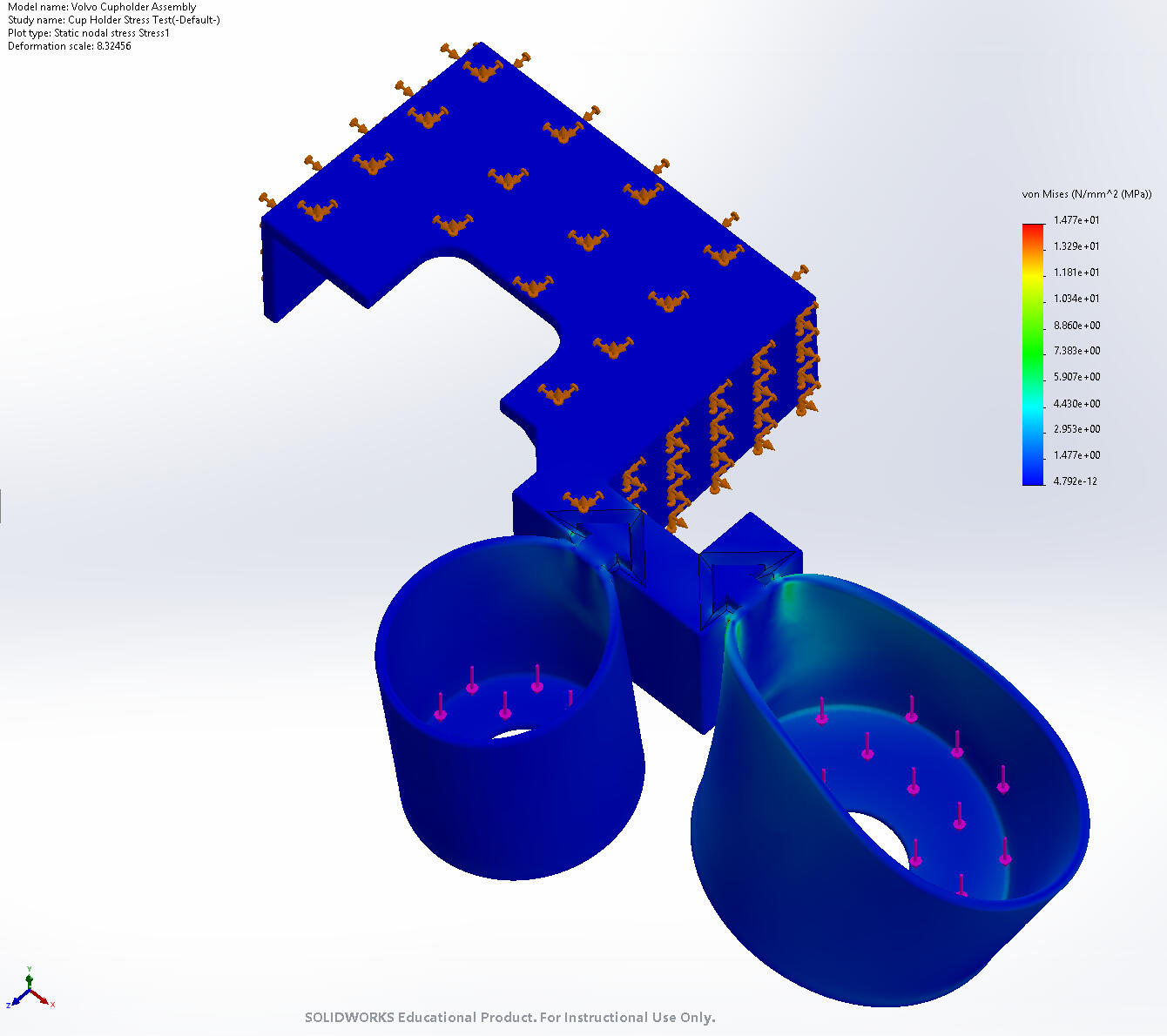
Result:
A Validated, Robust Product: The final design can handle forces equal to a 17g impact—about the same as dropping a Volvo 960 from 15 feet. In other words, it’s far stronger than anything the car would face in everyday driving.
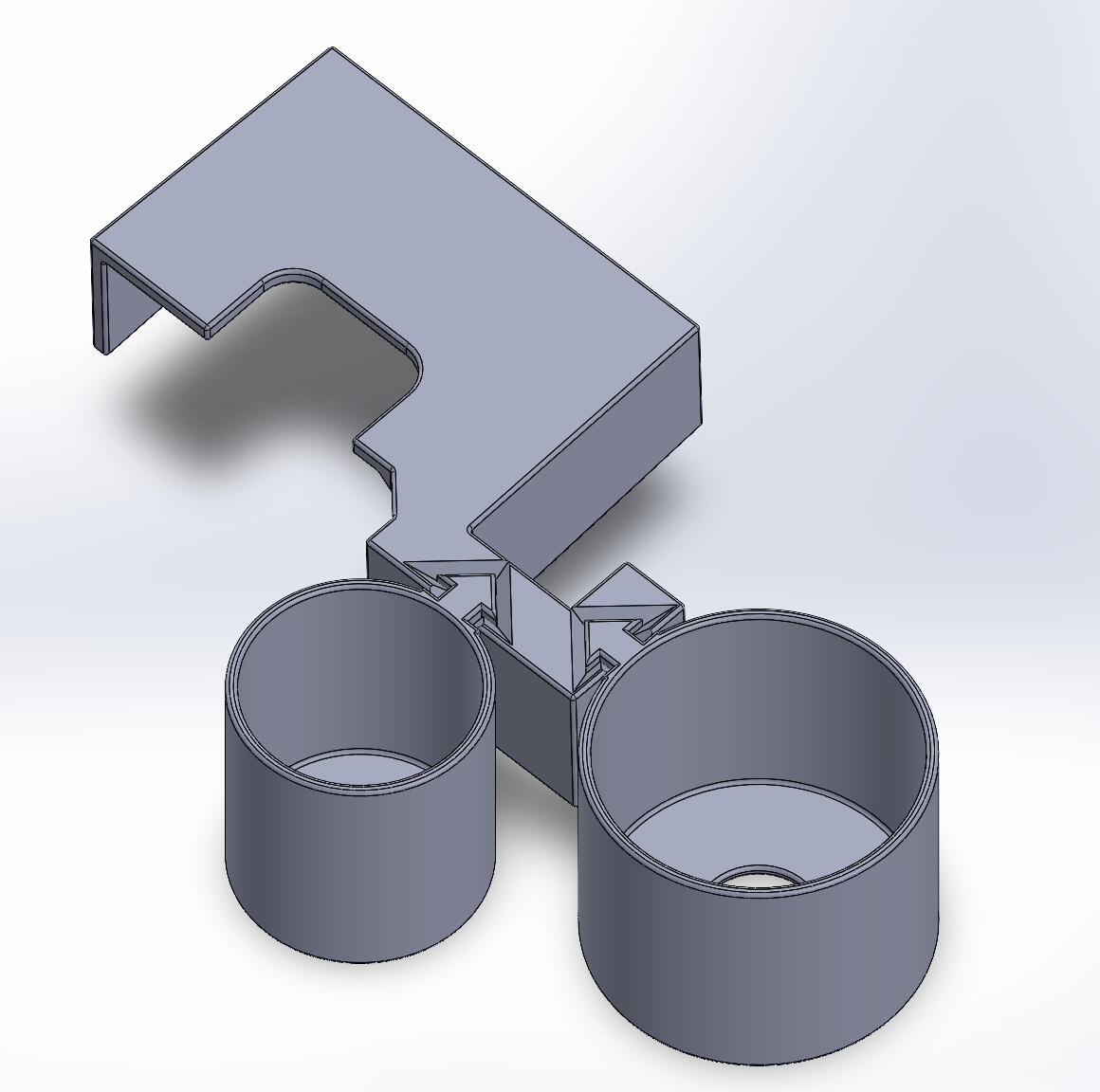
Impact & Commercial Launch:
The validated design has been successfully launched as a commercial product, providing an affordable, high-quality solution for the Volvo enthusiast community.• Market Validation: The design has generated sales, confirming customer demand for this engineering solution• Direct Product-Market Fit: The project video garnered significant organic interest, accumulating over 15 hours of watch time and demonstrating clear market demand before launch.• Commercial Availability: The digital design files are now available for purchase on Cults3D, enabling DIY enthusiasts to print their own solution.• Proven Real-World Application: The product is installed and functioning daily in my own vehicle, securely holding modern drink containers and serving as a long-term reliability test.
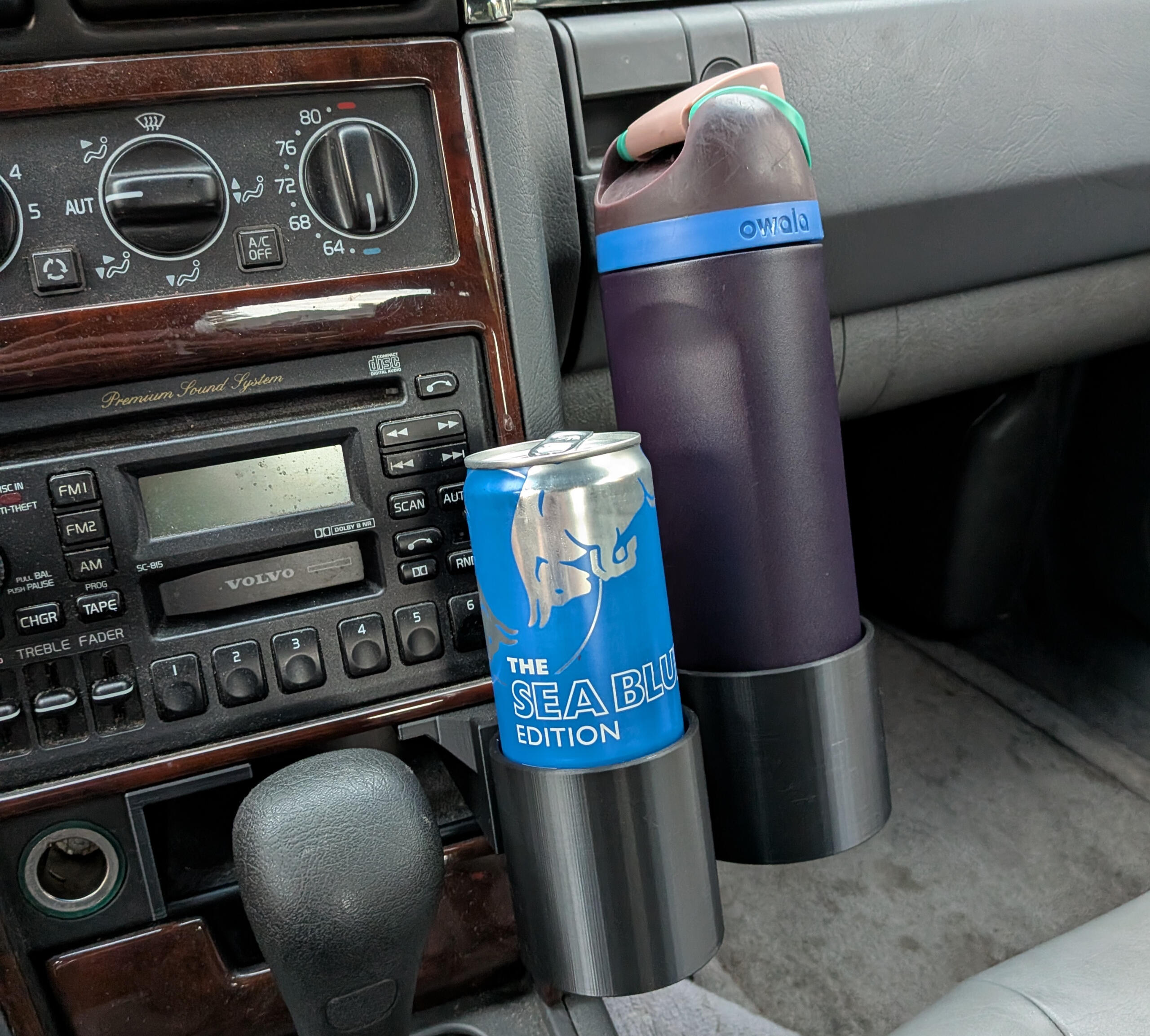
The final product installed and functioning in the vehicle, securely holding modern drink containers.
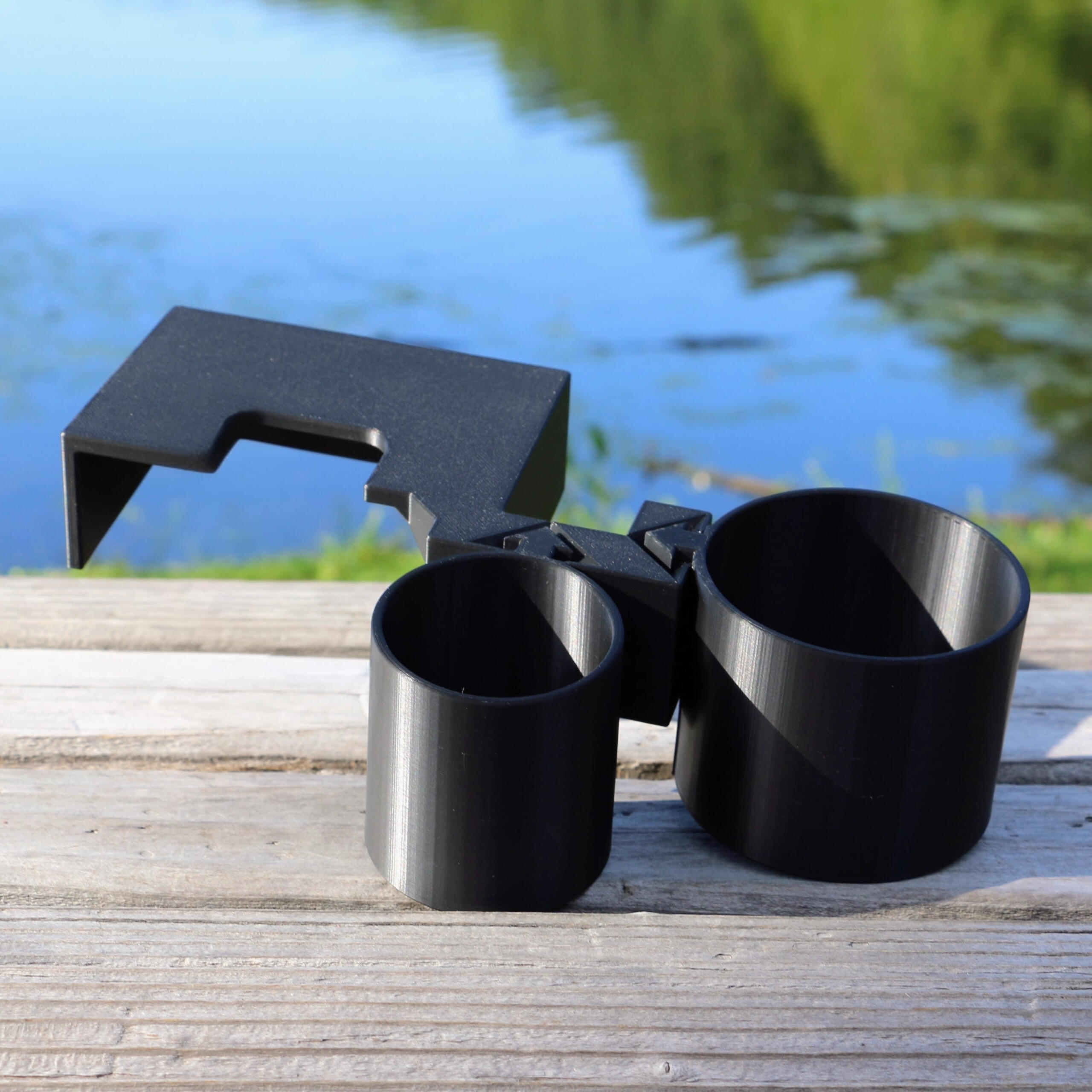
This project underscored the critical importance of tolerancing, iterative design, and material selection beyond theoretical design, culminating in a real-world product that solves a documented problem.
Aerodynamic Analysis & Mathematical Visualization
Presented at the MassBay STEM Expo Spring 2025
Problem:
Advanced engineering designs, like airfoils, are governed by mathematical functions of multiple variables. Visualizing these functions is key to understanding their performance.
Process:
I used Python (NumPy, Matplotlib) to model and graph these functions, creating visualizations of NACA airfoils, parabolic surfaces, and saddle shapes. This involved calculating partial derivatives and gradients to analyze their behavior.
Result:
I created an intuitive visual explanation of these concepts and was selected to present my work at the college-wide STEM Expo. The project bridges the gap between abstract calculus and tangible engineering applications.
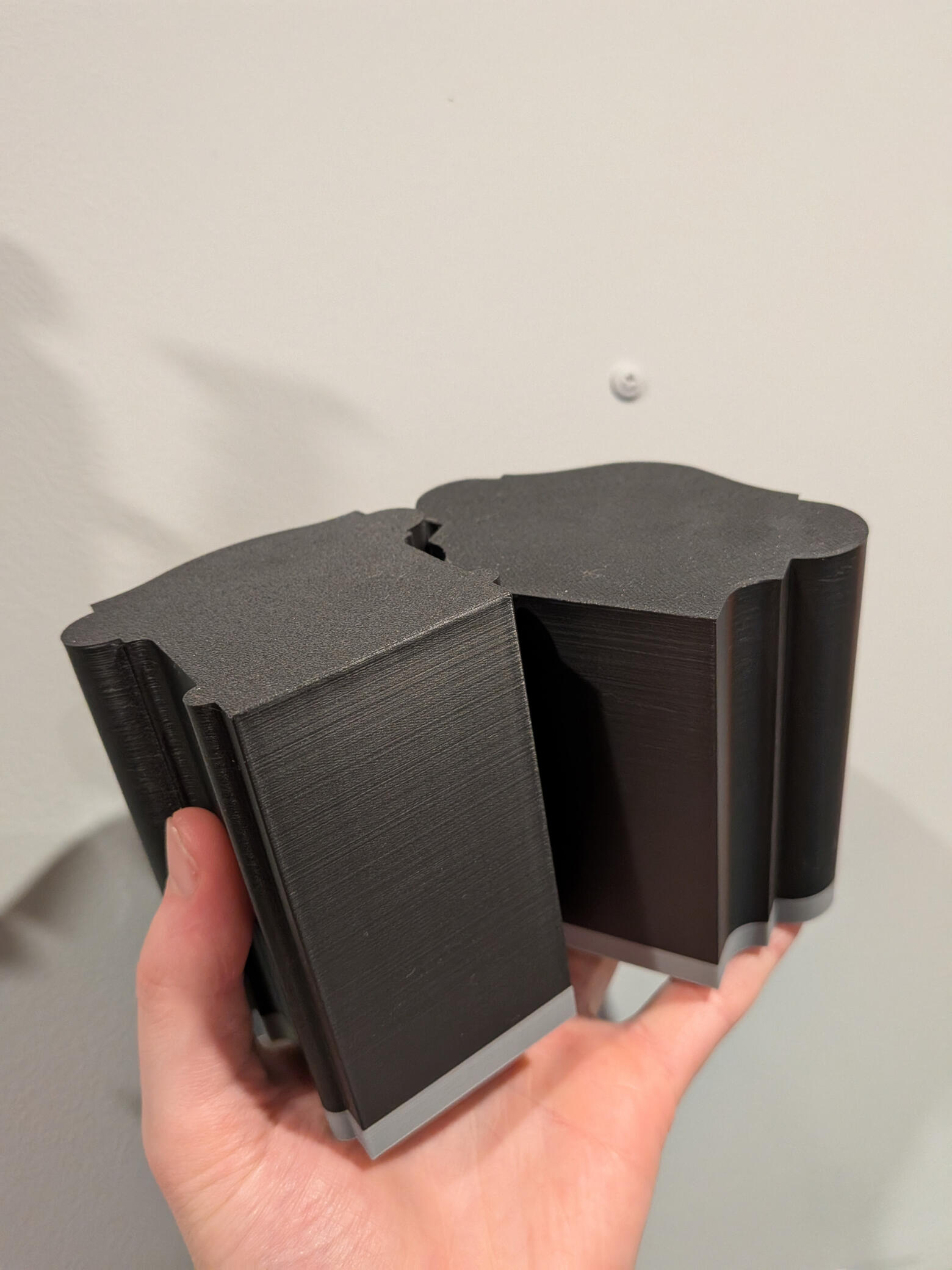
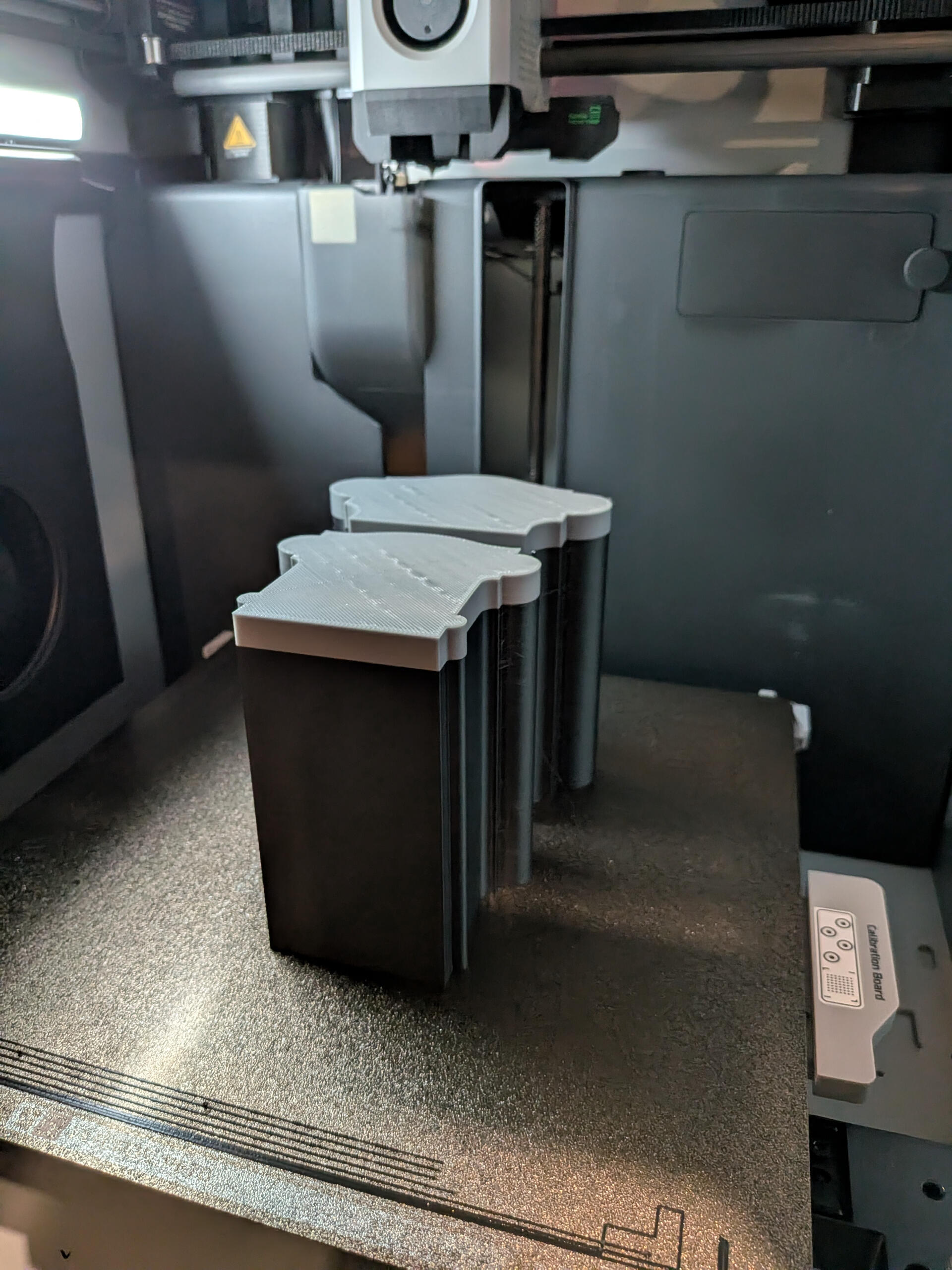
Freelance Rapid Prototyping: Architecture Firm
Problem:
The client needed two handrail sections printed at full scale (4” height) for a design review with their client. The original .STL files were created by someone inexperienced with 3D printing, and there was uncertainty about scale and material efficiency. The deadline was tight — the parts had to be ready for a client meeting on Monday.
Process:
• File Verification & Scaling: Checked the client’s STL files and scaled them from 4 mm to 4 inches while maintaining design accuracy.• Material Planning: Calculated material usage and determined that hollow prints could save plastic without compromising structural feel.• 3D Printing: Printed both sections using black and silver PLA filament due to partial supply limitations.• Client Communication: Coordinated delivery timing and pricing directly with the client to meet their tight deadline.
Result:
Produced accurate, full-scale prototypes on time for the client meeting while maintaining design fidelity despite scaling and material adjustments.
Impact:
Earned positive feedback and repeat business and client trust, and was compensated fairly for rapid turnaround and problem-solving.



